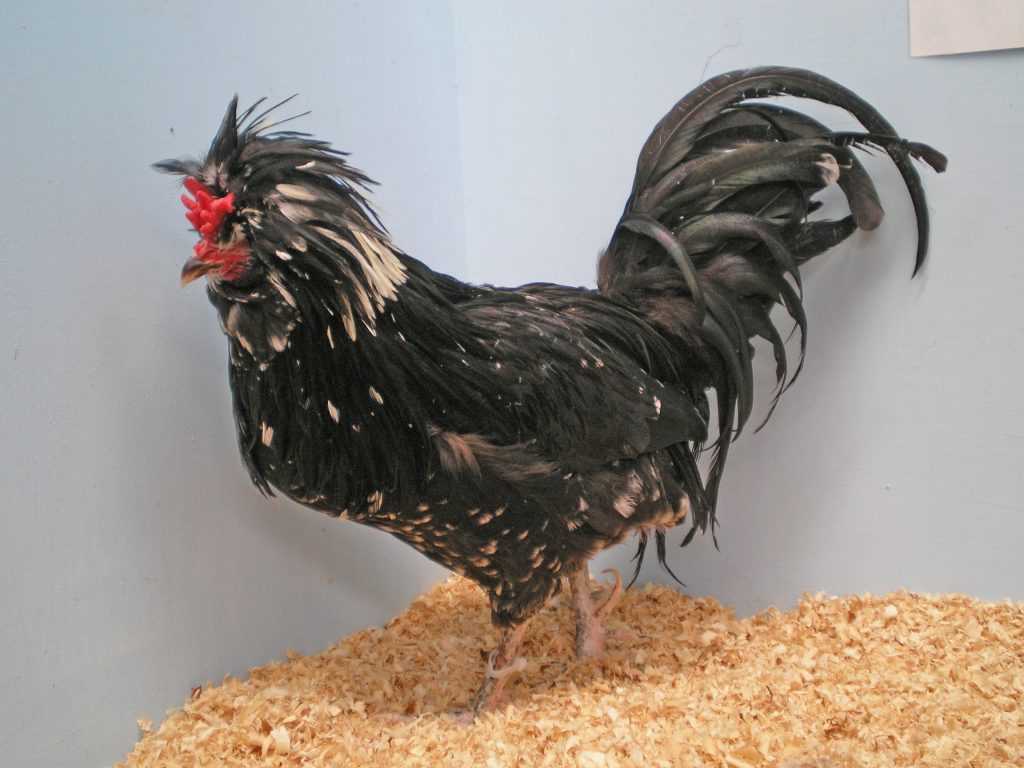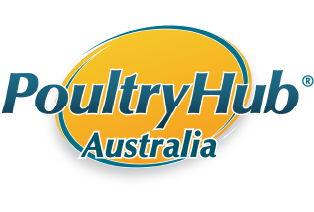Houdan

Chantelle Houdan Hen
Houdan
The Houdan, originally a French bird, has five toes which suggests that it may be related to the Dorking which also has a fifth toe. It has a full crest, beard and muffs, a comb that resembles a butterfly at the base of the beak, and small earlobes and wattles hidden by the crest and feather bearding. The red V-shaped comb sits against the bird’s crest. The Houdan is a glossy green-black background with pure white mottles. It appeared in the first edition of the American Standard of Perfection in 1874 and was first exported to England in 1850, and to North America in 1865. With an attractive appearance, the Houdan combines the distinctive features of the breeds that contributed to its development. The Crèvecœur and Polish gave the Houdan its crest, and the Dorking (or perhaps other native French chickens) are thought to have resulted in the Houdan’s five toes (most chickens have only four).
In terms of plumage, the Houdan comes in two common colour varieties: White and Mottled (black with white spotting). Originally a dual-purpose fowl kept for both eggs and meat, the Houdan today is primarily a rare show bird. However, with a fairly quick rate of maturation and the ability to lay a respectable number of white eggs, it is still occasionally kept in backyard flocks.

Male Houdan
Classification
Rare – heavy
Appearance
Glossy green black background with pure white mottles.
Weight
| Cock | 3.2 – 3.6 Kg |
| Hen | 2.7 – 3.3 Kg |
Bantam Variety Houdan
| Rooster | 670 – 690 g |
| Hen | 620 – 740 g |
Egg Colour
White
Courtesy: Photos donated by Kris Cole

